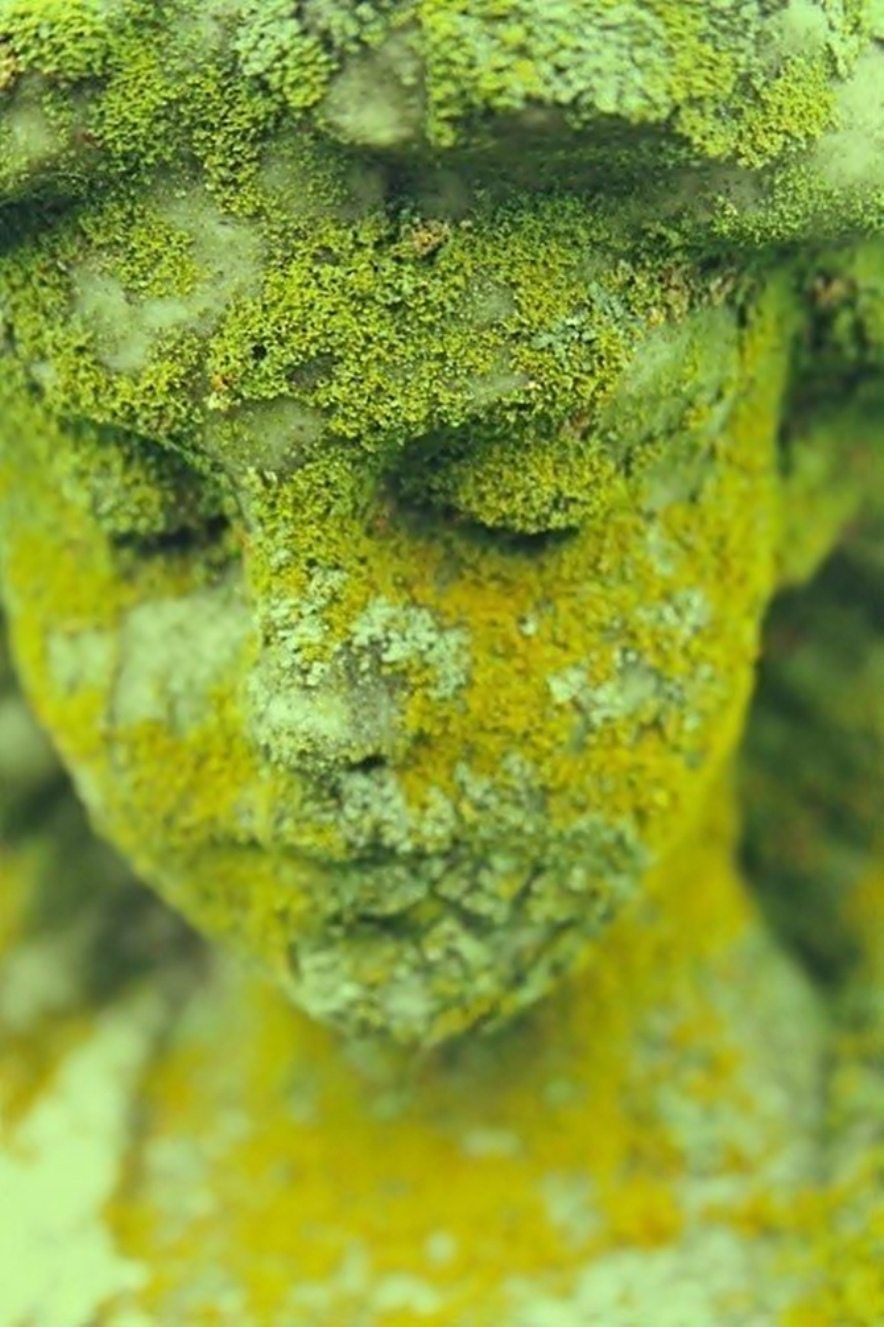The overall context of spiritual accompaniment:
There is the physical level, called hylic. The accompanists of this level are in the soma, the body. Then the psychological level, with its psychic point of the soul. The accompanists in this level are from the world of therapies and the majority of life coaches. And then there is the spiritual and impersonal level, also called pneumatic. This is the perspective of the Spirit.
This theory of the three classes of beings goes back to the mythical ancestors of Adam, his second son Abel and his third son Seth. These three levels are found in each of us, but always with the predominance of one. A so-called spiritual accompanist is necessarily more oriented in the pneumatic level, while taking into account the other two levels. There is often confusion between on the one hand the psychic and the astral world of the soul, and on the other the pneuma and its invisible creative principles.
The psychological and the pneumatic are different planes by nature and not by degrees. A spiritual guide is in the pneuma, and therefore does not have the vocation to exercise his accompaniment mainly on a psycho / psychic plane. The global approach is therefore more metaphysical than psychological, but it remains no less concrete.
When a person discovers his spiritual dimension, a total reversal takes place. This is equivalent to taking his first steps in a new world whose existence was certainly previously known, but which nevertheless requires questioning and metamorphoses. There is always a gap between theory and practice. Because exploring a new dimension of oneself and reality requires new points of support and new sources of light. A so-called spiritual guide can be part of it. His accompaniment will not be the equivalent of a crutch, which implies dependence and handicap; but rather the equivalent of matches, that is to say, punctual aids that illuminate for a time, can generate much more light, initiate and give impulses.
Spiritual guides have existed since the dawn of time: the shamans of pagan societies, the gurus of the Hindu tradition, the starets of Orthodox monasteries, the priests of Catholicism… All these guides live in institutionalized spaces away from the world, where they can devote themselves entirely to their devotion and their studies in silence. Their approaches can sometimes come up against the limits of their traditions and their theological frameworks. But a new paradigm seems to be beginning and all these age-old traditions also seem to be going through existential crises.
The relationship between the earthly and the heavenly will be established in a more direct way. The intermediaries of religious traditions become both rarer and less relevant: this is an important marker. The new Master will be above all interior, opening the way to an unprecedented freedom and personal sovereignty. But also to all its corollaries of doubts, responsibility and individuality.
Spiritual accompaniment is only in its early stages. Freeing itself from the psychic with which it nevertheless keeps solid foundations, it can respond to a new context of human consciousness. It can establish relationships of equals, while opening a new spiritual paradigm modernized and amplified by a new access to all the teachings and traditions of the world. At the same time, the notions of freedom and individuality become major. Traditions and innovations intersect and fertilize each other.
The current challenges are above all to adapt to a time of great changes, to be able to prosper in consciousness and prepare the new bases of the coming cycle to embody the New. A so-called spiritual accompaniment seems to respond in a relevant way to the challenges and opportunities of our time.

